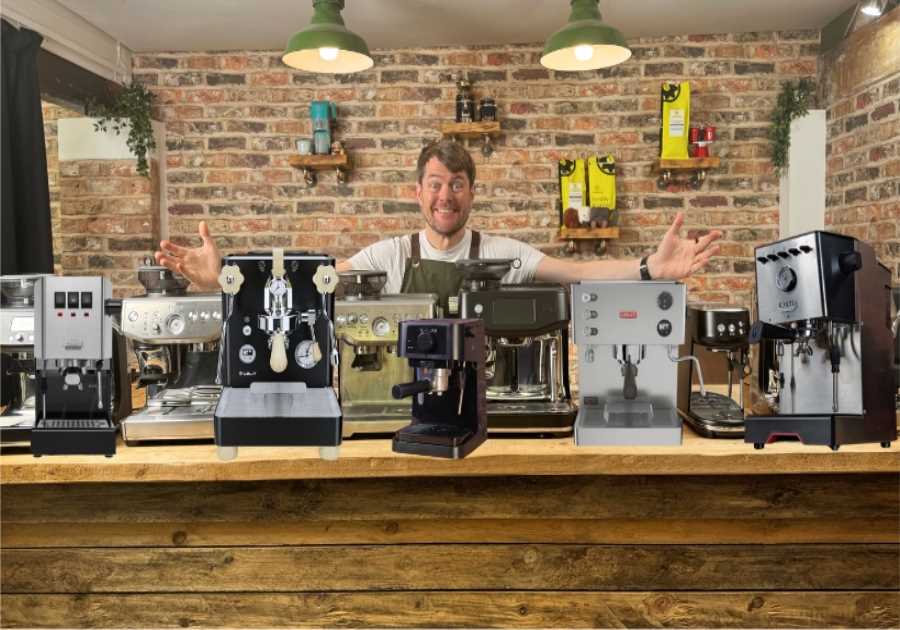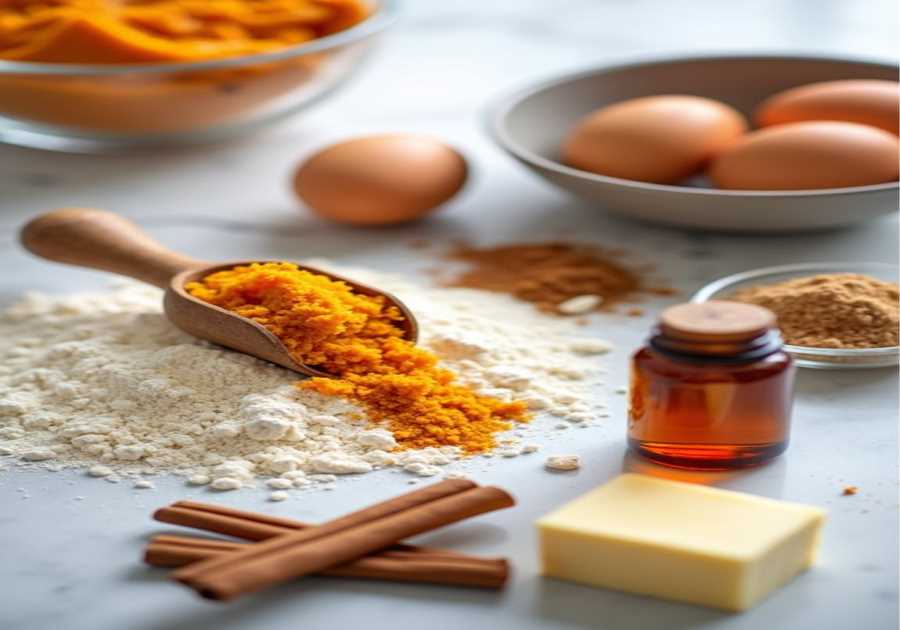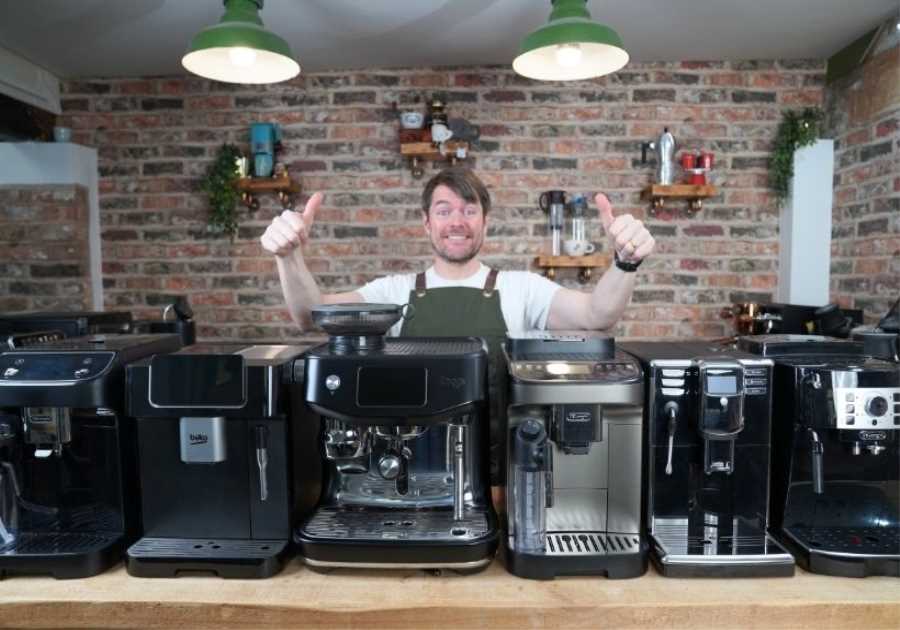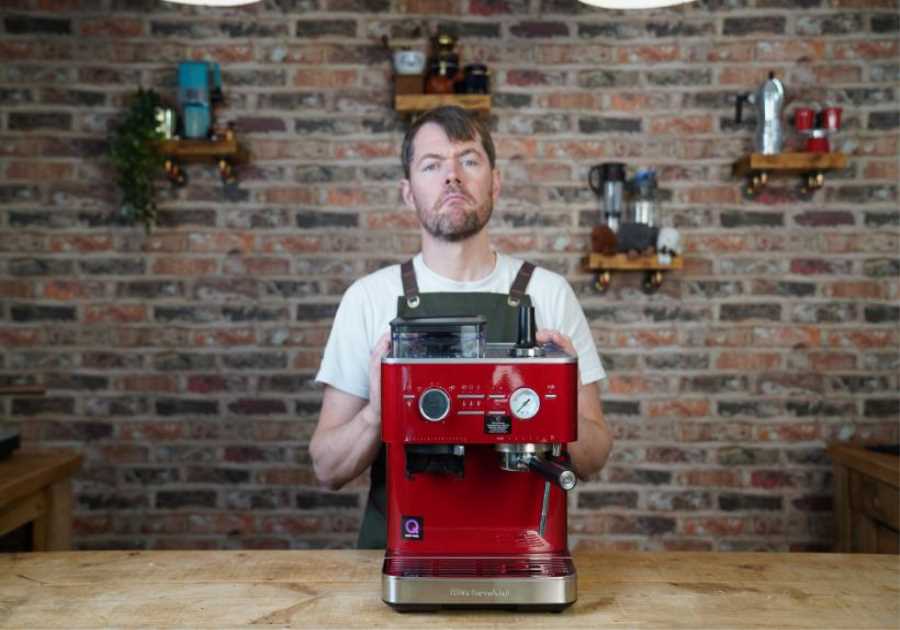Coffee is an essential pick-me-up for millions of people around the world. As we know, its high caffeine content is a key part of why some people drink it.
However, there are plenty of misconceptions out there regarding the caffeine levels found in different types of coffee drinks. Cold brew is no exception to this, and this icy, refreshing beverage is quickly becoming more popular around the world.
I spoke to two cold brew experts to get a better understanding of just how much caffeine is in cold brew and how it measures up against other brewing methods. Read on to learn more.
You might also like our article on how café owners can tap into the cold brew market.
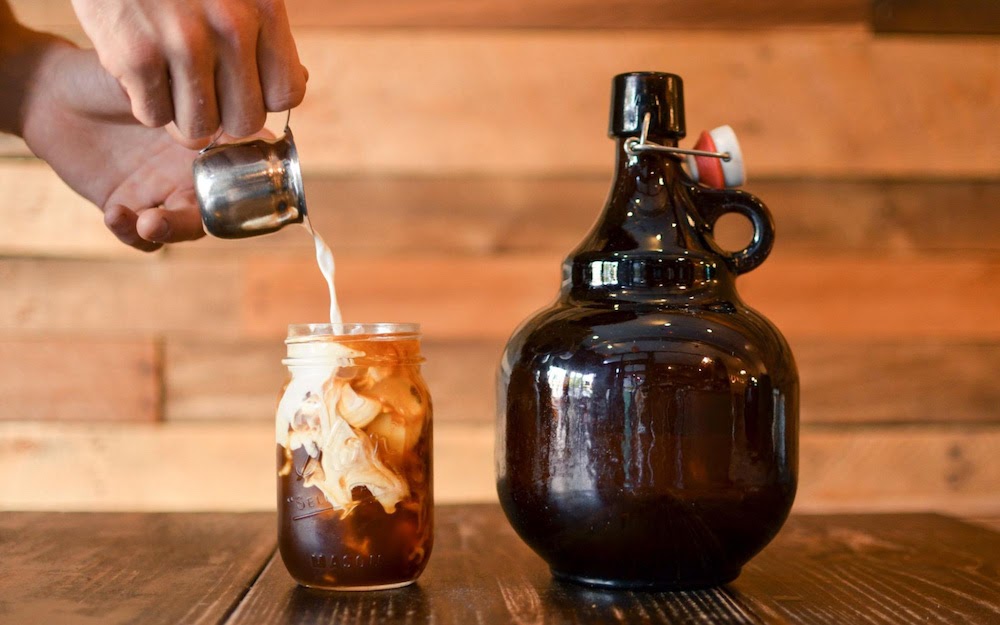
How is cold brew made?
While most consumers are familiar with iced coffee (brewed coffee served over ice), there is another cold beverage which offers an entirely different sensory experience: cold brew.
Cold brew is exactly as its name suggests – coffee which is brewed with cold water. To make it, there are two main methods: immersion and Kyoto cold drip.
With immersion, coffee is steeped in cold or room temperature water for 18 to 24 hours. The coffee can be left to stand on a countertop or in the refrigerator. Once the steeping process is complete, the grounds are then filtered out.
The Kyoto cold drip method is slightly different. In this case, water is slowly dripped through a coffee bed for between two to six hours.
Cold brew is also a flexible brewing method. It allows the user to tweak variables like coffee origin, grind size, and brewing time, experimenting until they find a cup that works perfectly for them.
Ultimately, this makes the beverage versatile, as well as giving it a smooth flavour and making it suitable for warmer climates. This is why it’s become incredibly popular at specialty coffee shops around the world, and as a ready to drink (RTD) beverage.
Beyond that, the fact that it’s so easy to make from the comfort of a kitchen has made it popular with home brewers, too.
If you already own a French press, a pitcher, or mason jars, you’re all set to make cold brew using the immersion method. As for making Kyoto drip at home, cold drip brewers are simple to use, inexpensive, and readily available online.
Cold brew is typically made as a concentrate and often served over ice. It is mild, sweet, and smooth, with minimal bitterness and acidity, and serves as a perfect base for cocktails, mocktails, and other cold coffee drinks.
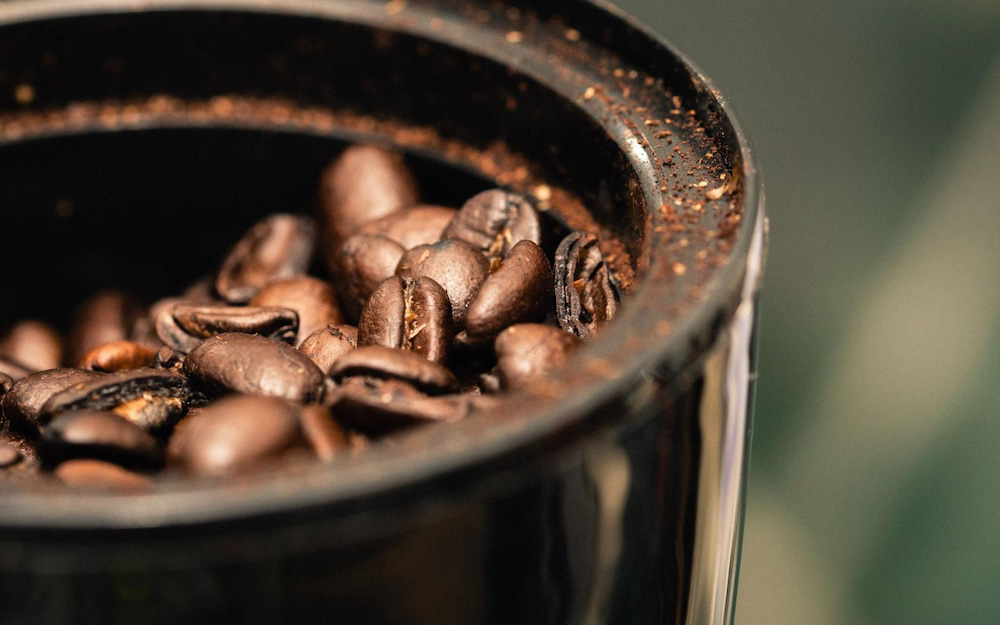
Caffeine levels in cold brew
According to the National Coffee Association, one in five Americans under 40 have at least one serving of cold brew per week. Naturally, this growing market wants to know exactly how much caffeine is in their drink.
Raymond Buerger is the founder and CEO of Brew Bomb, a Colorado, US manufacturer of cold brew equipment. He explains how caffeine levels in coffee do vary depending on a range of factors.
“The key to caffeine content is to look at how caffeine is created,” Raymond says. “Caffeine is produced by the coffee plant as a natural pesticide to provide a defense against insects.
“We all know that different varieties, [species], and growing climates affect the taste experience of coffee, so it only makes sense that these variables affect caffeine levels, too.”
However, more than any other factor, caffeine content is principally determined by species. Robusta coffee beans contain almost twice as much caffeine as arabica.
But what about the rest of the coffee supply chain, beyond production? What about roasting? Is there more caffeine in darker roasts?
Matt Swenson is Director of Coffee at Nestle Partners. He says that the process of roasting does not break down caffeine, making it safe to assume that roast profile has a negligible effect on the amount of caffeine in the final cup.
Raymond agrees: “Caffeine survives the temperature changes affected by the roasting process, so the available quantity of caffeine is the same across all roast profiles.
“However, roasting does affect the cell structure of the bean, thus making it easier to extract the solubles in dark roasts.”
As you’d imagine, another key factor is the ratio of coffee to water in the brewing process.
“Assuming that the cold brew is 100% arabica, the biggest variable in caffeine content in cold brew is the concentration of the finished product,” Matt says. “We define this as the amount of total dissolved solids (TDS) in the drink.”
Ultimately, cold brew’s caffeine content is determined by its brewing ratio and concentration, and not the roast profile or the processing method of the beans used.
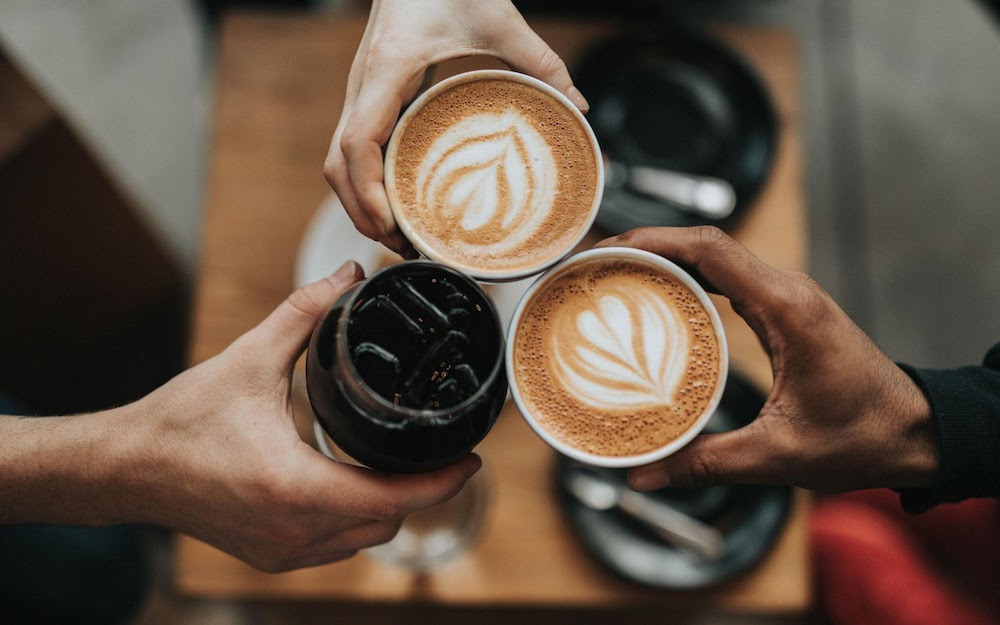
What about other brewing methods?
Now that we understand some of the factors which affect caffeine content, let’s explore exactly how much caffeine is in cold brew compared to other brewing methods.
First and foremost, any cold brew method will typically produce coffee with slightly higher caffeine levels than those brewed with percolation methods (pour over or batch brew).
However, while the longer brew time should in theory give the water much more time to extract the caffeine in your beans, it’s still comparable to other brewing methods in terms of caffeine content.
“Cold brew is often said to have more caffeine than other brew methods, but that is not always the case,” Matt explains. “It’s not the brew method that ultimately creates this difference in caffeine, but the strength at which the drink is served.”
He says that although cold brew can have between 10% and 30% more total dissolved solids than brewed filter coffee, it’s usually diluted before serving. This brings caffeine concentration down considerably.
Matt also notes that there is a “point of diminishing returns” for caffeine extraction. Once cold brew has reached this saturation point, no amount of brewing time can increase caffeine extraction. In essence, beyond a certain point, a longer brew time does not guarantee more caffeine.
Ray adds: “For hot brewing methods, 90% of the available caffeine extracts in 5 minutes and 54 seconds. For cold water extraction, caffeine content rapidly extracts in the first 180 minutes and then plateaus as shown in the research done by Fuller and Rao.
“Given the ease by which caffeine extracts, the brewing method is not a material factor in the final caffeine content contained within cold brew.”
Ultimately, caffeine content depends more on how concentrated a beverage is and less on steeping time.
This makes it very possible that different cafés will serve cold brew beverages with differing caffeine levels – so don’t be afraid to shop around if you’re looking for cold brew that better suits your taste.
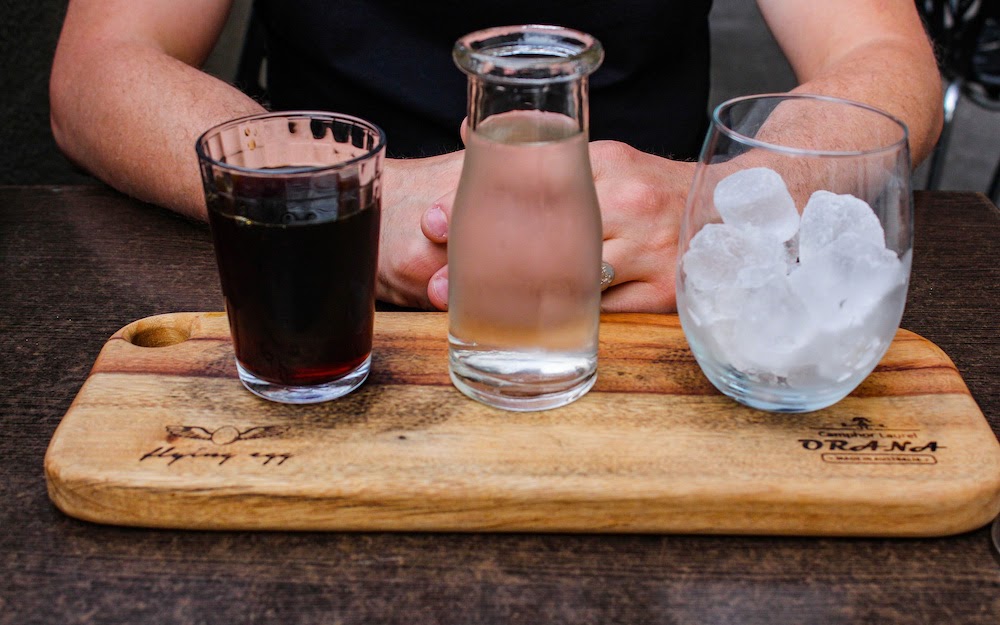
Consumer perception of how much caffeine is in cold brew
As with espresso, many consumers believe that cold brew is especially high in caffeine. Many people shy away from or openly seek out cold brew for this reason, even though it is a slightly misguided belief.
“Broadly speaking, this [perception] is accurate, but it’s not necessarily because of the extraction of caffeine during the brewing process,” Matt says. “Instead, it’s the concentration of the coffee/caffeine at serving.”
Ray explains that because of this misconception, new consumers are quick to be scared away, especially if they do in fact try cold brew that is particularly concentrated.
He says: “Because of this, we see many roasters carefully selecting the origin and using lower final concentrations to control the caffeine content of their cold brew offerings.
“This use of beverage concentration is perhaps the best and easiest way to control caffeine as evidenced by the falling TDS of many scaled cold brew beverages. Industry standards have fallen from yesterday’s 1.8 to 2.0 TDS to today’s typical 1.3 to 1.5 TDS concentrations.”
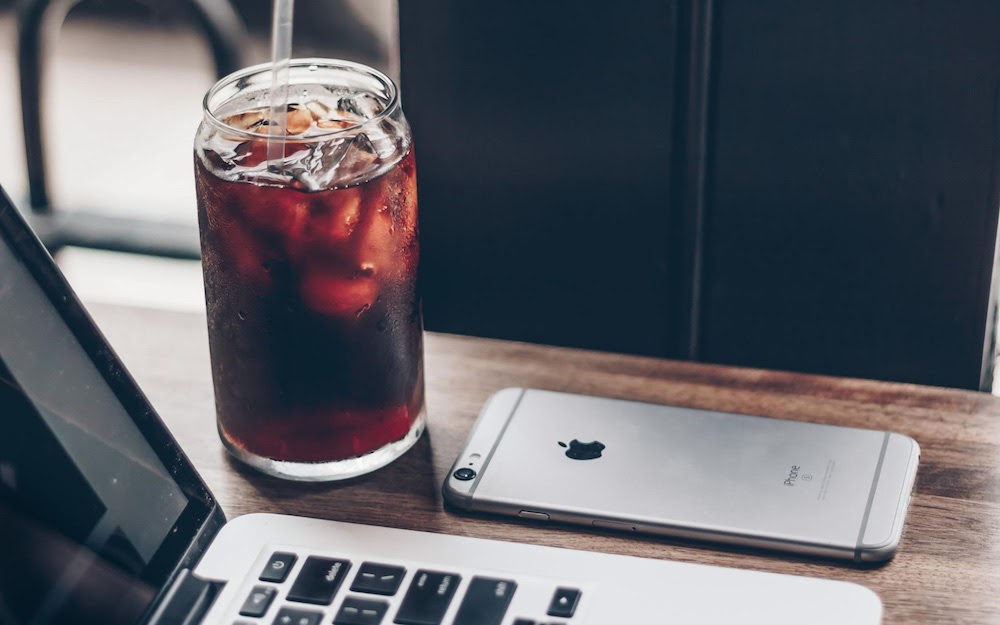
Cold brew is a rapidly-growing staple beverage that is quickly becoming popular with specialty coffee consumers around the world. And while concentrated cold brew beverages might contain slightly more caffeine than other drinks, it’s not the brewing method itself which causes this.
In spite of any misconceptions about its caffeine content, cold brew continues to gather speed in a range of markets, including with younger and millennial consumers. It’s one of the fastest-growing coffee drinks, with average year-on-year increase of about 4.6% in consumption stats.
Whether this is for its caffeine content or otherwise, this shows just how popular cold brew coffee is. Looking for something new? Maybe you should try making some at home – you might just find you love it!
Enjoyed this? Then read our article on how cold brew captured the millennial market.
Photo credits: Pixabay, Unsplash
Perfect Daily Grind
Want to read more articles like this? Sign up for our newsletter!
The post How much caffeine is in cold brew coffee? appeared first on Perfect Daily Grind.
By: Amy BrownTitle: How much caffeine is in cold brew coffee?
Sourced From: perfectdailygrind.com/2021/11/how-much-caffeine-is-in-cold-brew-coffee/
Published Date: Mon, 15 Nov 2021 06:27:00 +0000

